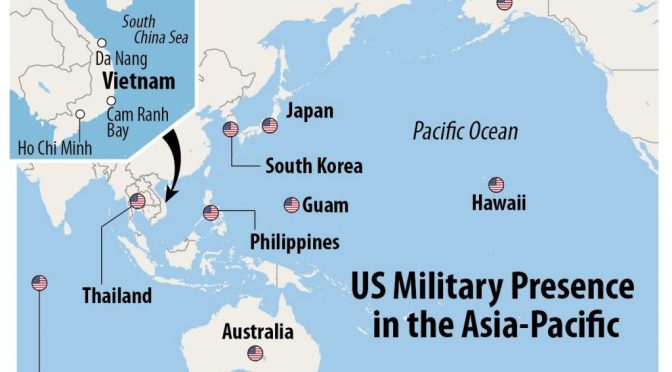Admiral Warns America's East Coast Is No Longer A "Safe Haven" Thanks To Russian Subs
Increased Russian sub activity means that the Navy no longer views sailing off the East Coast or across the Atlantic to be "uncontested" movements.
A senior U.S. Navy officer says that his service no longer considers the East Coast of the United States as an "uncontested" area or an automatic "safe haven" for its ships and submarines. This is a product of steadily increased Russian submarine activity in the Atlantic Ocean, including the deployment of more advanced and quieter types that can better evade detection.
U.S. Navy Vice Admiral Andrew "Woody" Lewis made these comments at a gathering the U.S. Naval Institute and the Center for Strategic and International Studies think tank jointly hosted on Feb. 4, 2020. Lewis is the commander of the Navy's 2nd Fleet, which the service reactivated in 2018 specifically to address the surge in Russia's submarine operations in the Atlantic [emphasis added]. This fleet, headquartered at Naval Support Activity Hampton Roads in Virginia, reached full operational capability in December 2019.
"Our new reality is that when our sailors toss the lines over and set sail, they can expect to be operating in a contested space once they leave Norfolk," Lewis said. "Our ships can no longer expect to operate in a safe haven on the East Coast or merely cross the Atlantic unhindered to operate in another location."
"We have seen an ever-increasing number of Russian submarines deployed in the Atlantic, and these submarines are more capable than ever, deploying for longer periods of time, with more lethal weapons systems [emphasis added]," he continued. "Our sailors have the mindset that they are no longer uncontested and to expect to operate alongside our competitors each and every underway."
Lewis did not offer any specific details on the total number of Russian submarines the U.S. military believes are on patrol in the Atlantic at any given time compared to previous years. There has been significant debate about the exact scale of Russia's undersea activities, especially compared to peaks in the Soviet Navy's operations at the height of the Cold War, and whether the Kremlin has only been able to generate the additional deployments by pulling resources from the Pacific region.
Russian subs are coming. “We're talking about more (activity) than we've seen in 25 years,” US sub chief says. https://t.co/6j9ZELOKi2
That’s easy: 25 years ago they didn’t sail much. https://t.co/idDjDQS1t2 But a few years ago, US Navy started to classify patrol data. Why? pic.twitter.com/eUAvgzqQlS
— Hans Kristensen (@nukestrat) August 7, 2018
New article uses #OSINT to explore claims that #Russia #Submarine activity is at much higher levels in last couple of years. Crunched some public data against my submarine database. Average submarine has similar at-sea days to Cold War https://t.co/NgnWg7jHAX pic.twitter.com/aNMFHsdtMr
— H I Sutton (@CovertShores) May 23, 2018
However, it's undeniable there has been at least a relative spike in Russia's submarine activity in the Atlantic in recent years. In October 2019, Norweigan state broadcaster NRK reported that the country's top military intelligence agency, the Norwegian Intelligence Service (NIS), also known as the Etterretningstjenesten or E-tjenesten, was monitoring the largest single Russian submarine exercise since the end of the Cold war, involving at least 10 submarines, eight of which were nuclear-powered types [emphasis added], including two nuclear-powered attack submarines from the Project 945A Kondor class, also known as the Sierra II class.
NRK's report also said that the E-tjenesten believed that the goal of the exercise was to demonstrate the Russian Navy's continued ability to deploy a large number of submarines far into the Atlantic while remaining largely undetected. This, in turn, showed the ability of that force, which might have included ballistic missile and guided-missile submarines, the latter of which may be able to carry Zircon hypersonic cruise missiles in the future, to hold targets on the East Coast of the United States at risk.
As The War Zone noted at the time, the exercise could also give Russian submarines an opportunity to train on flooding the so-called GIUK Gap – standing for Greenland, Iceland, and the United Kingdom – which refers to paths between the Norweigan Sea and the North Atlantic Ocean. It could also demonstrate their ability to maintain a defensive posture off the shores of Norway to present a threat to NATO members and protect Russia's own assets in the far north, including its naval bases in the northwest region of the country and ballistic missile subs sailing hidden under the Polar ice cap [emphasis added, read on]...
https://www.thedrive.com/the-war-zone/32087/admiral-warns-americas-east-coast-is-no-longer-a-safe-haven-thanks-to-russian-subs



